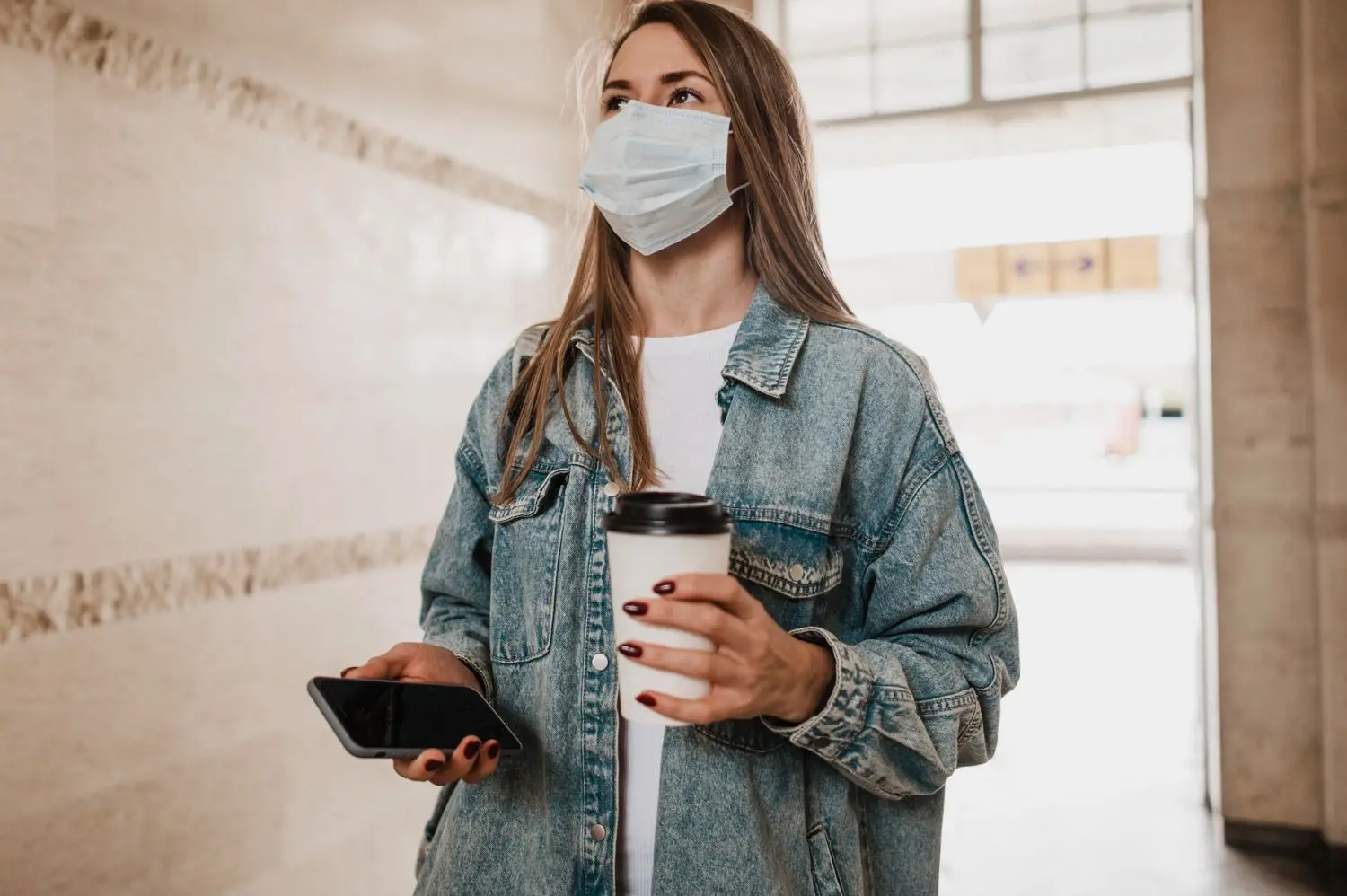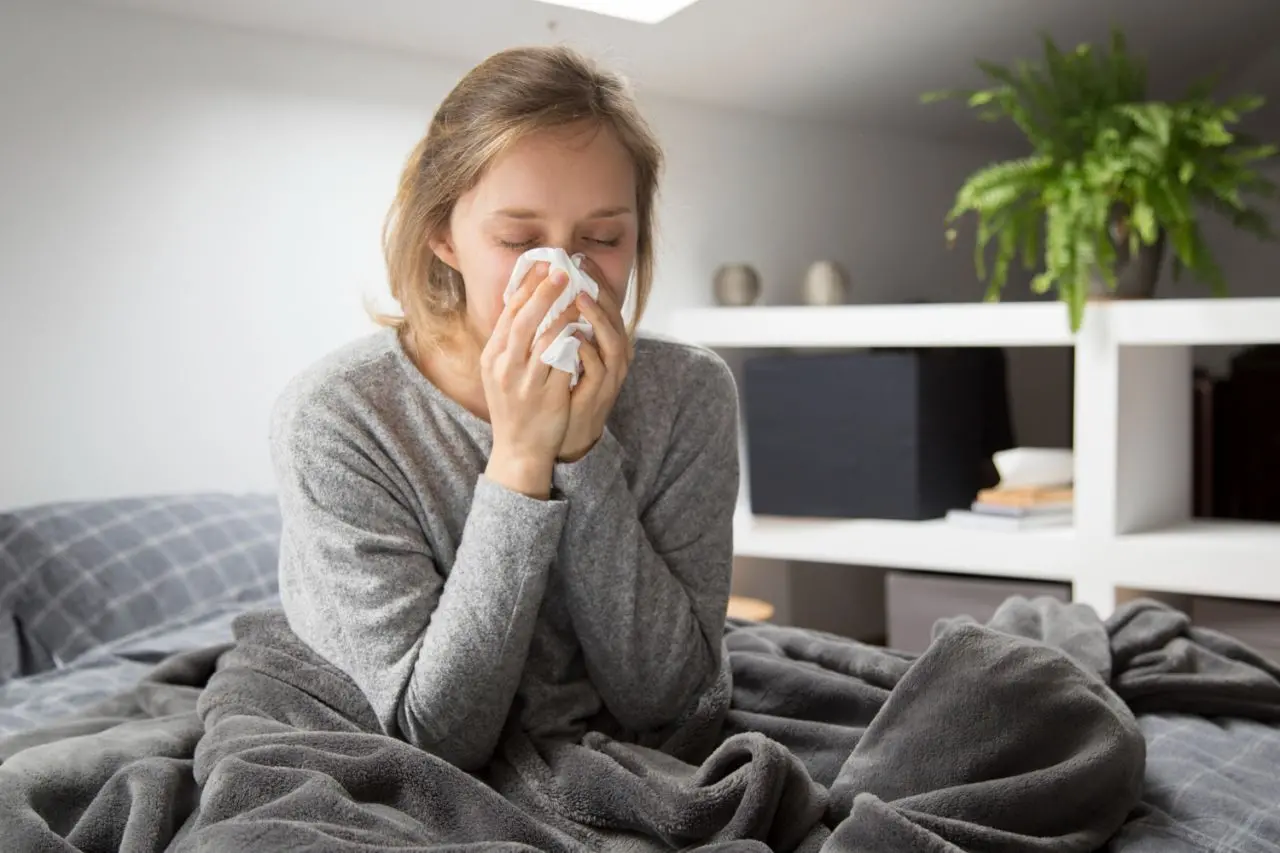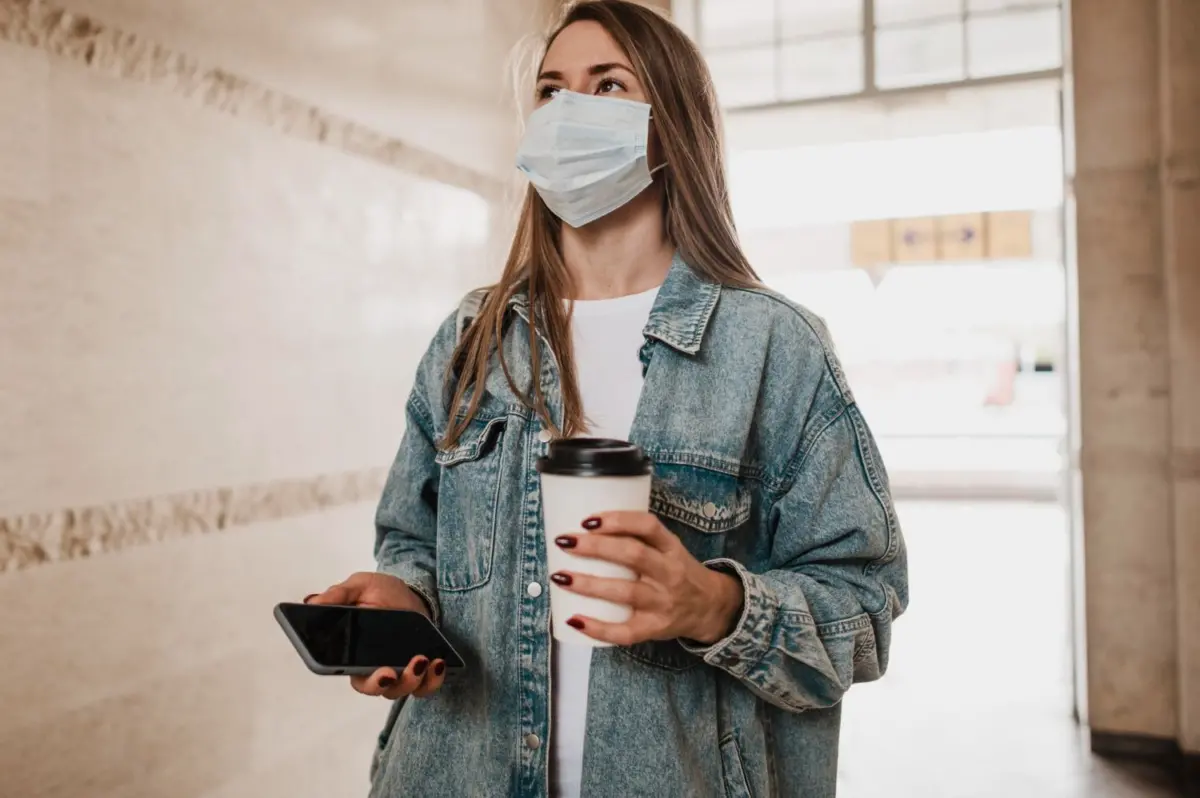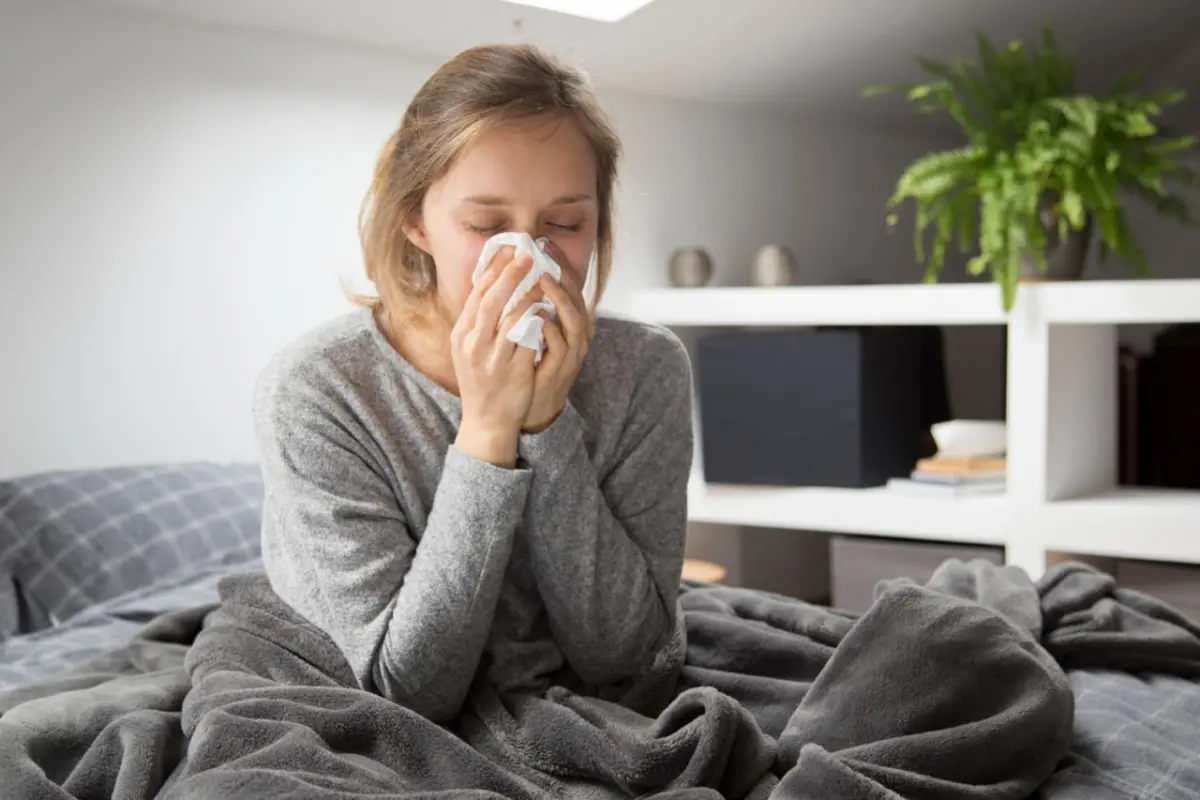As summer hits its peak and millions have already traveled for the Fourth of July holiday, a new challenge has emerged in the form of the LB.1 variant.
This highly contagious COVID-19 strain, part of the Omicron family, is now making headlines as it spreads across the United States. Health officials report that the LB.1 variant is currently the third-leading COVID-19 variant in the country, trailing closely behind the dominant KP.3 and KP.2 strains.
The U.S. Centers for Disease Control and Prevention (CDC) has noted a significant uptick in COVID-19 cases and emergency room visits nationwide. As of June 22, the LB.1 variant accounts for 17.5% of cases, a number that has more than doubled since the end of May. With 33% of cases attributed to KP.3 and 21% to KP.2, experts warn that the LB.1 variant might soon surpass these other strains.
In 2023, more than 916,300 people were hospitalized due to COVID-19 and more than 75,500 people died from COVID-19. During the 2023-2024 flu season, more than 44,900 people are estimated to have died from flu complications, according to CDC.
Despite the rise in cases, the overall COVID-19 numbers, including hospitalizations and deaths, remain relatively low compared to the winter months. However, the increase in test positivity rates and viral activity in wastewater suggests that the virus is on the move, raising concerns about a potential summer surge.
Dr. Andrew Pekosz, a virologist at Johns Hopkins University, mentions that while a major nationwide surge isn’t apparent yet, certain areas are experiencing steady increases in cases. However, Dr. Thomas Russo, chief of infectious diseases at the University at Buffalo Jacobs School of Medicine and Biomedical Sciences reported the summer wave will begin in July.
In past summers, COVID-19 waves have surged, often coinciding with increased travel. This year, the ongoing heat wave is driving people indoors to air-conditioned gatherings, where the virus spreads more easily. Experts indicate that the recent uptick in cases may be fueled by the new FLiRT variants and the rising LB.1 variant, a subvariant of JN.1. Additionally, waning immunity and low uptake of the latest COVID-19 vaccine are contributing factors.
Travelers should remain cautious, as the LB.1 variant could affect summer plans. Dr. William Schaffner from Vanderbilt University Medical Center explains that COVID-19 is not a seasonal virus and continues to spread even during the summer. With people gathering indoors to escape heat waves and the increase in summer vacation travel, the likelihood of encountering the virus grows.
LB.1, like other Omicron subvariants, is highly transmissible and adept at evading immunity from previous infections or vaccinations. Though the symptoms of LB.1 are similar to those of other recent variants—such as sore throat, cough, and fatigue—experts emphasize the importance of testing and staying vigilant, especially for those in high-risk groups.
How does LB.1 compare to other new strains?
It is too early to determine its full impact, but so far, there is no indication that it is more transmissible than the FLiRT variants.
To mitigate the spread, the CDC advises getting tested if symptoms develop or if there has been exposure to the virus.
Current PCR and antigen tests can detect the LB.1 variant, and antiviral treatments like Paxlovid remain effective against it.
Vaccination remains a crucial defense, with updated boosters available to protect against severe disease caused by the LB.1 variant.
As summer continues and travel remains high, staying informed and taking precautions can help ensure that travel plans remain safe and enjoyable despite the challenges posed by the LB.1 variant.









